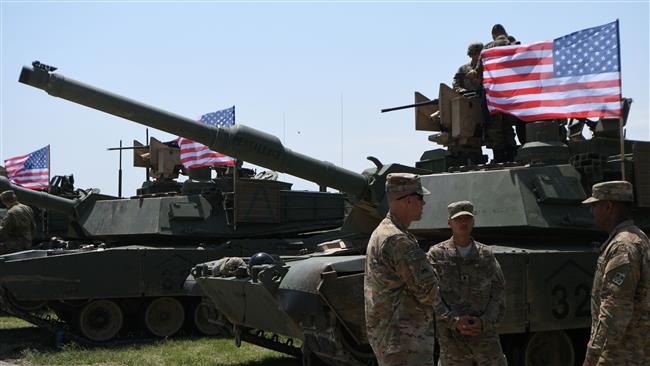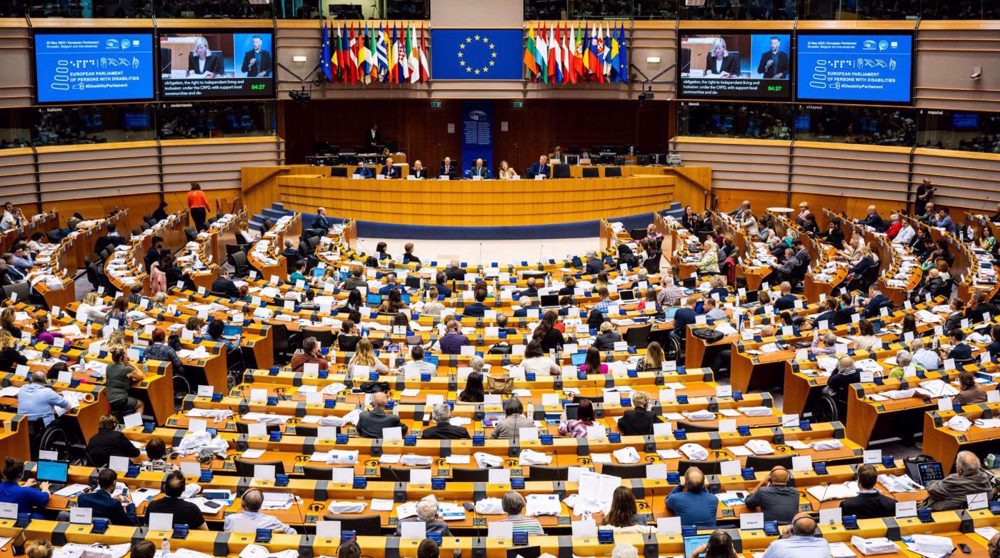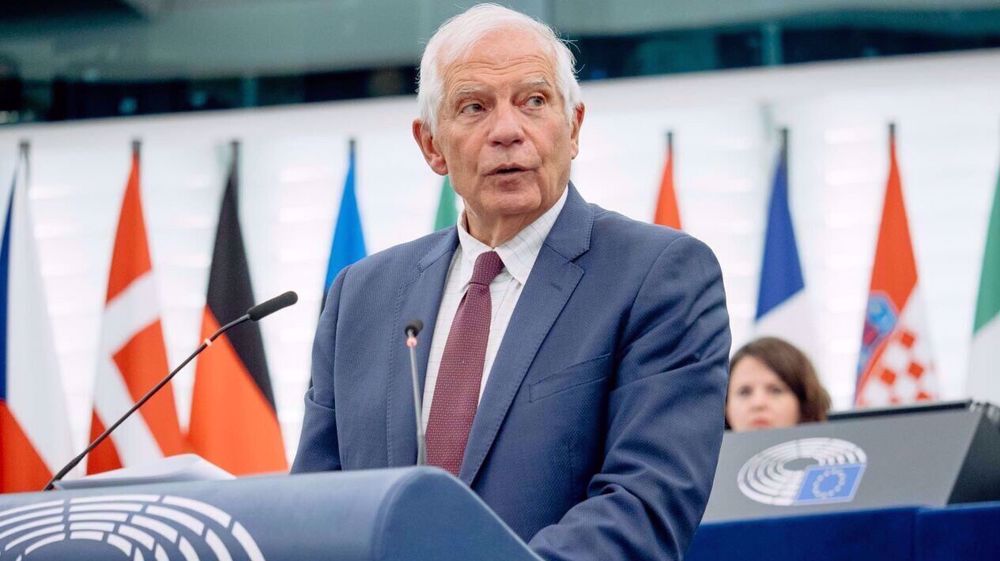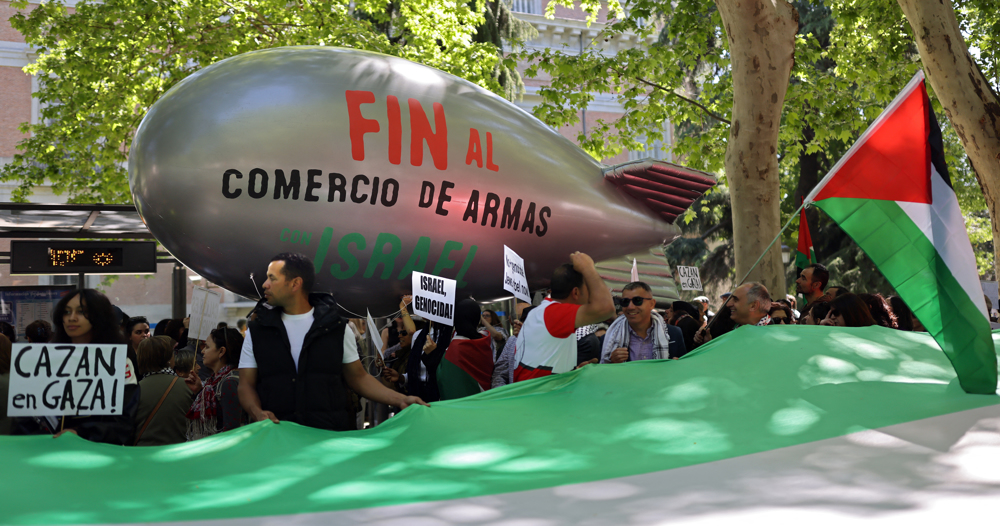EU to ease military mobility amid tensions with Russia
The European Union has unveiled new plans to make transport of troops and military hardware across the bloc less difficult in a bid to enhance defense against what it calls Russian threats.
On Friday, the European Commission adopted a list of measures to be taken in order to remove the obstacles hampering the movement of military equipment and personnel across EU member states.
Senior commanders of the US-led NATO military alliance have repeatedly complained of burdensome border bureaucracy is hindering their ability to swiftly move resources around Europe, thereby reducing their capacity to provide a serious deterrent to what they describe as possible aggression by Russia.
European Transport Commissioner Violeta Bulc said Friday that it was “high time” that military requirements were once again taken into account in transport planning.
“The swift movement of military personnel and equipment is hindered by physical, legal and regulatory barriers,” Bulc declared as quoted in an AFP report.
“This creates inefficiencies in public spending, delays, disruptions, and above all a greater vulnerability,” he further explained.
The report also cited a joint statement of EU members highlighting recent war games where Customs problems and infrastructure limitations had led to “delays, disruptions higher costs and increased vulnerability.”
After an initial study period, the European Commission will recommend an action plan by March 2018 for endorsement by member states.
EU authorities, meanwhile, will look to streamline Customs checks that are currently causing delays as well as reviewing infrastructure plans to ensure that roads, bridges and railways across the bloc are able to carry heavy military equipment such as tanks.
NATO announced earlier this week its plans for a new logistics hub to improve the way it moves resources around Europe. However, it needs EU’s assistance to improve transport networks.

The US and its allies have been deploying weapons and equipment to NATO’s eastern frontier since 2014, after the Crimean Peninsula’s reintegration with Russia in a referendum.
Washington has long been asking its European allies to soften border regulations to allow easier movement for military convoys.
In June, Dutch Defense Minister Jeanine Hennis-Plasschaert urged EU officials at a meeting of NATO defense ministers to establish a so-called military Schengen zone -- loosely modeled on the open-border travel zone that has covered most of Europe since 1996 – in a bid to speed coordinated military actions of the US-led military alliance.
US Army commander in Europe, Lieutenant General Ben Hodges, has long pursued the establishment of such a zone.
“We must be able to move quickly to any place where there is a threat,” Hennis-Plasschaert said in a statement declaring her proposal at the NATO summit.
Russia and the NATO have had strained ties since conflict erupted in eastern Ukraine some three years ago.
Moscow has also long been wary of the NATO’s expansion eastward — toward Russia’s western borders, saying such build-up poses a security threat to the country.
Calls grow for probe into mass graves Israeli forces left in Gaza
VIDEO | From shadow to spotlight
Iran, Pakistan urge UNSC to hold Israel accountable for atrocities
VIDEO | Negotiations stalled
Israeli settlers – protected by military – intrude into Al-Aqsa Mosque
VIDEO | Smirking at lies
200 days of genocide: Palestinian resistance prevails over occupation
Ukraine launches drone strikes on Russia's energy sites













 This makes it easy to access the Press TV website
This makes it easy to access the Press TV website